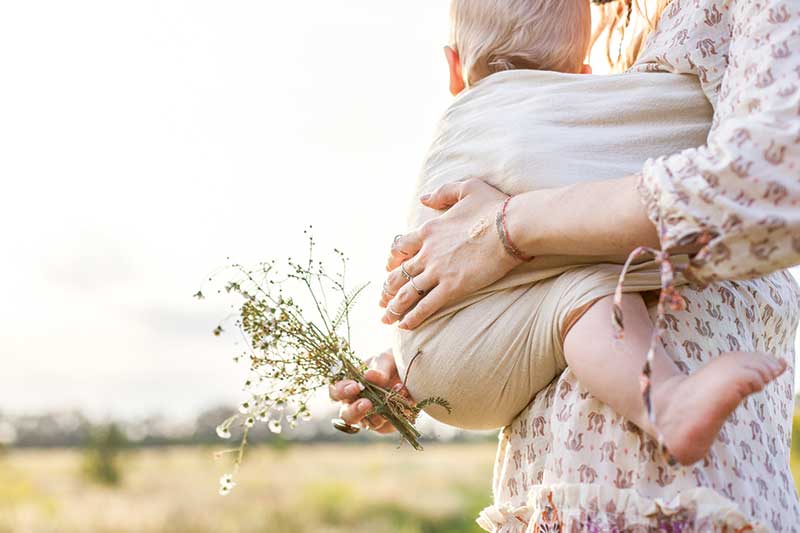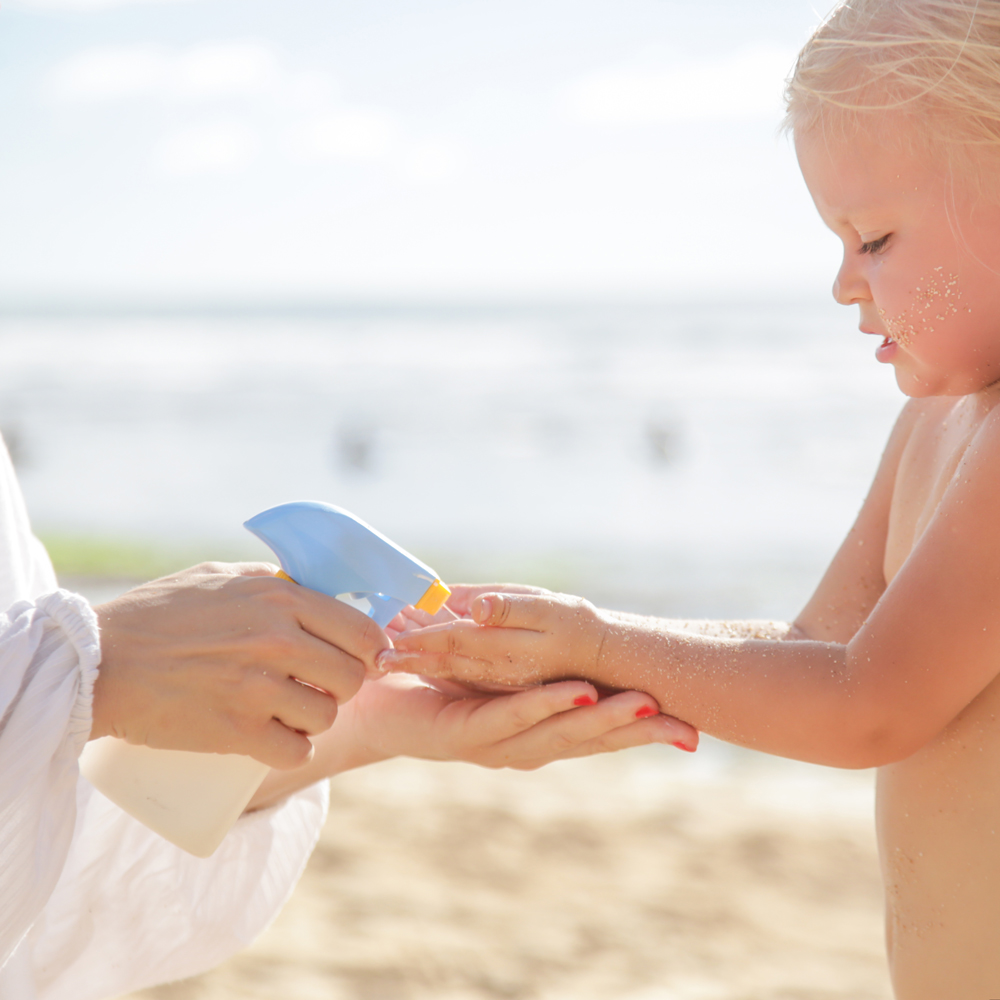The Benefits of Babywearing and How to Do It Safely

Parents in cultures around the globe have been practising babywearing for centuries and doing so comes with a list of benefits, not least of which is the ability for the wearer to keep pēpi close while having your hands free. The type of carrier or brand you use is ultimately a personal decision, but all baby carriers – ring slings, wraps, pouches, buckle carriers, and Meh Dai – should feel comfortable for both you and your baby.
WHAT ARE THE BENEFITS?
- The ability to be hands-free is incredibly helpful when you have other tasks to do or older tamariki to look after.
- Babies who are ‘worn’ tend to cry less, making for a little one who is less fussy and more content which also helps parents feel calmer. It’s a win-win!
- Babywearing promotes bonding and fosters a close, loving relationship for both the baby and their parent.
- The motion of being carried is great for soothing your baby to sleep.
- As babies tend to feel safest when they’re on you, it can also be helpful for getting them to nap for longer.
- Your baby is protected from being touched, woken or handled by visitors when they’re nestled in close to you.
- It makes travel and getting out-and-about with your baby easier; no pram needed!
- With a bit of practice, you can breastfeed while babywearing which is great for when you’re on-the-go or if you want to feed your pēpi discreetly.
- By wearing your baby, they’ll experience more skin contact which can help to boost your milk supply.
- Being in an upright position can aid digestion and help bring up wind.
- Partners love the bonding and closeness that can come from babywearing too.
HOW TO BABYWEAR SAFELY
- Make sure your baby is able to breathe freely at all times. Their chin should be off their chest to keep their airway open and their face should be positioned with plenty of airflow.
- Use a carrier type that is appropriate for your baby’s age and weight. Some carriers (such as backpacks) aren’t safe for newborns so always check the recommendations beforehand.
- Make sure you can always see your baby’s face. Their face should never be covered with fabric as this is a suffocation risk.
- Your baby should be high enough on your chest – above your breasts – that they’re close enough to kiss.
- The carrier should be supportive of your baby’s developing head, neck and back but not restrictive of their head, leg and arm movement. It should prevent slumping and promote a natural supportive shape of their back; your baby’s spine should not curl into a ‘C’ position when in a carrier.
- The carrier needs to be tight and secure enough to ensure they can’t slip out, so you can confidently be hands-free.
- Ideally, your baby should be positioned with their knees higher than their bottom.
- Your baby should only be horizontal or cradled in a carrier when they are breastfeeding, otherwise they should be upright or vertical at all times.
- Take extra care when putting your baby into a carrier by holding them over a soft surface, like a bed.
- When travelling in the car, never wear your baby in a carrier. Your baby should ride in an approved car seat at all times.
- Be mindful of your baby’s temperature, particularly that they don’t overheat. Opt for a carrier that is made from breathable, natural fibres.



